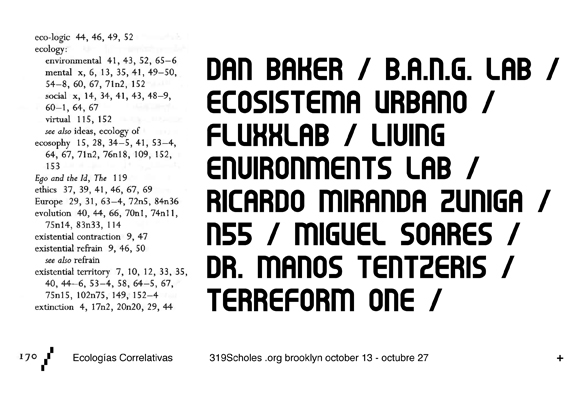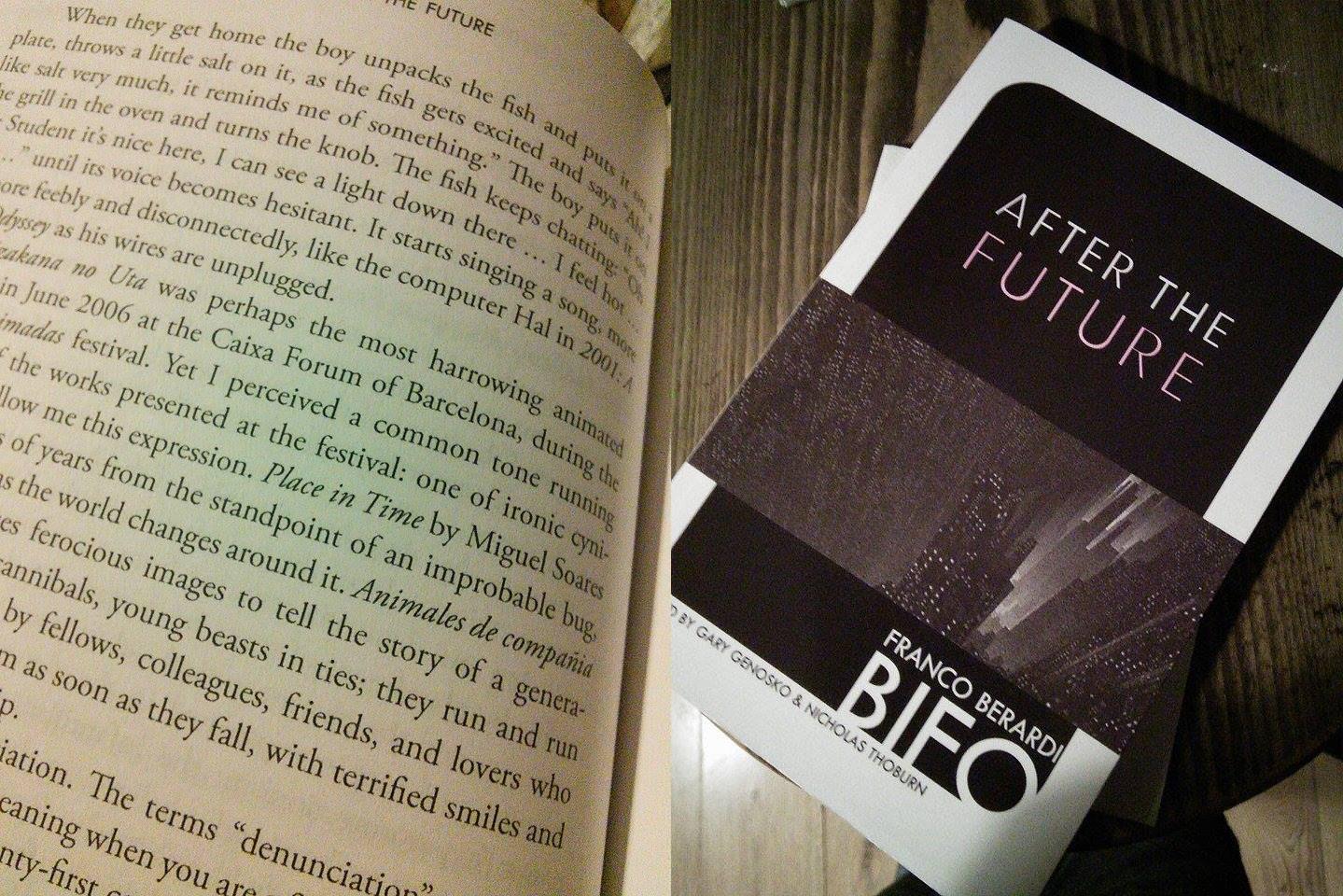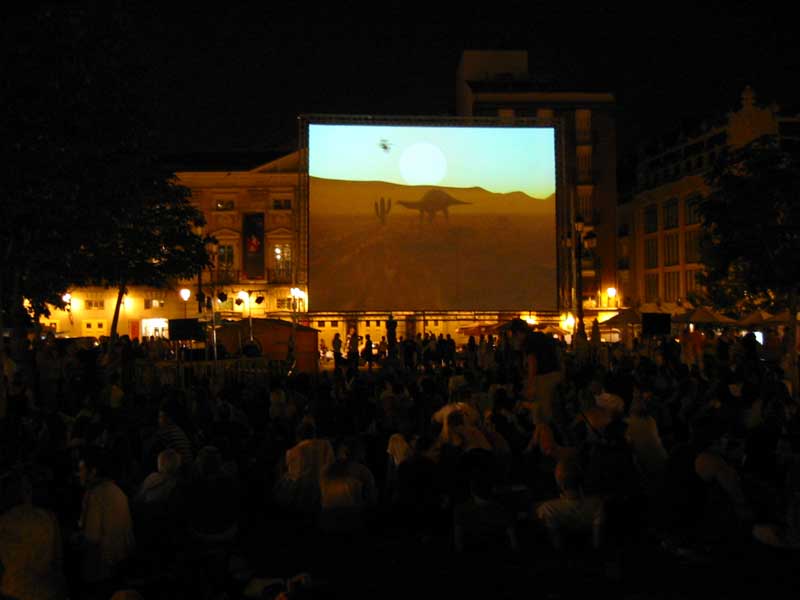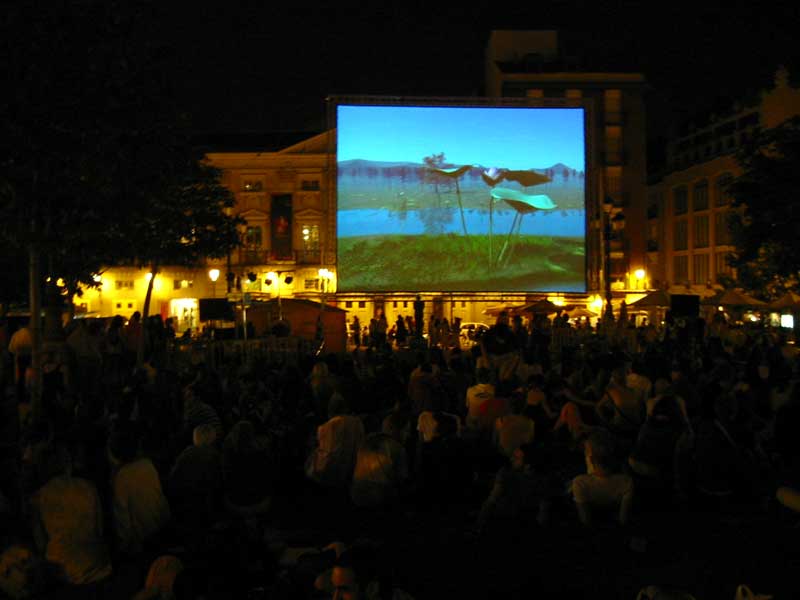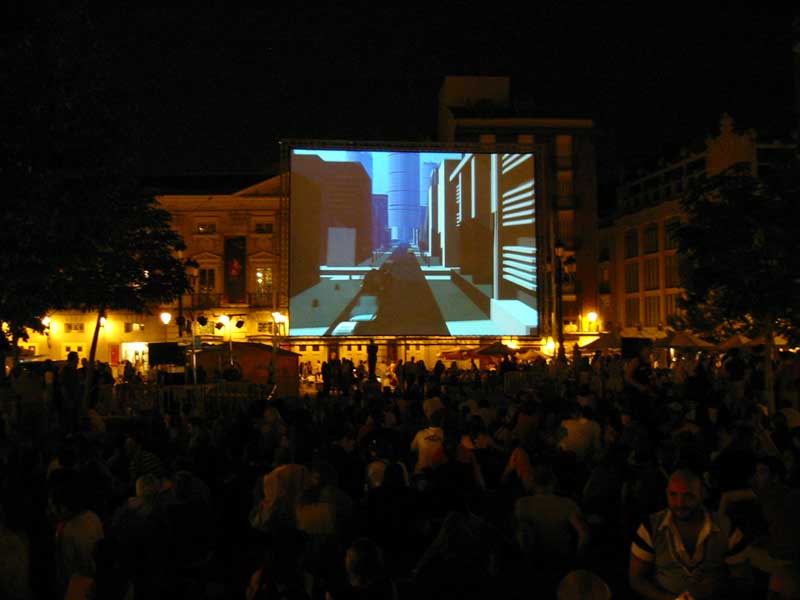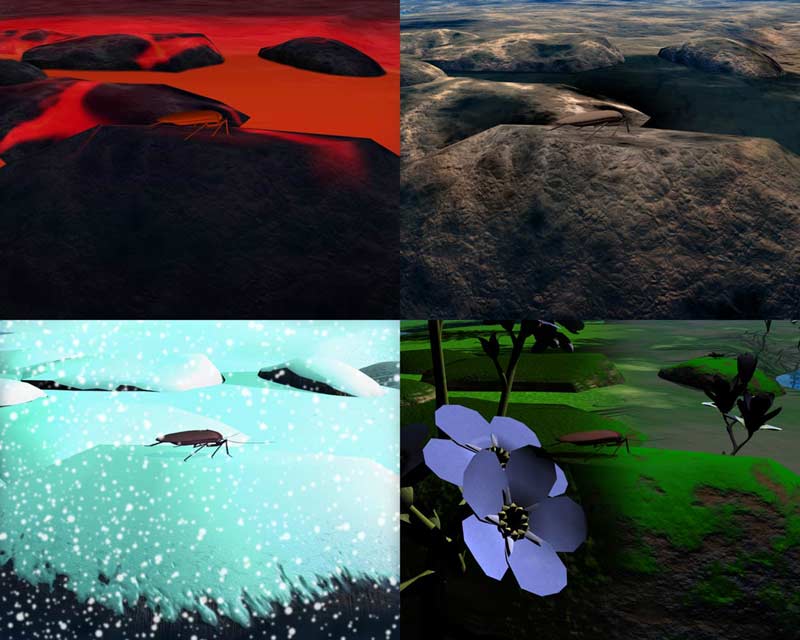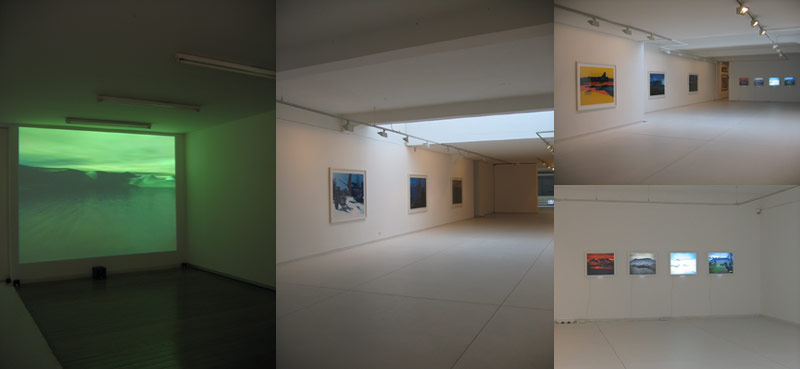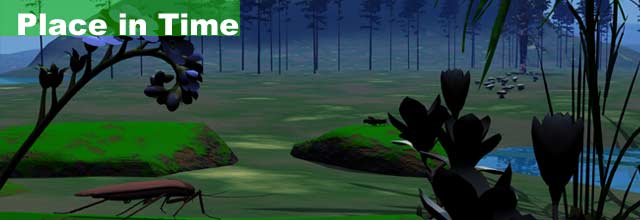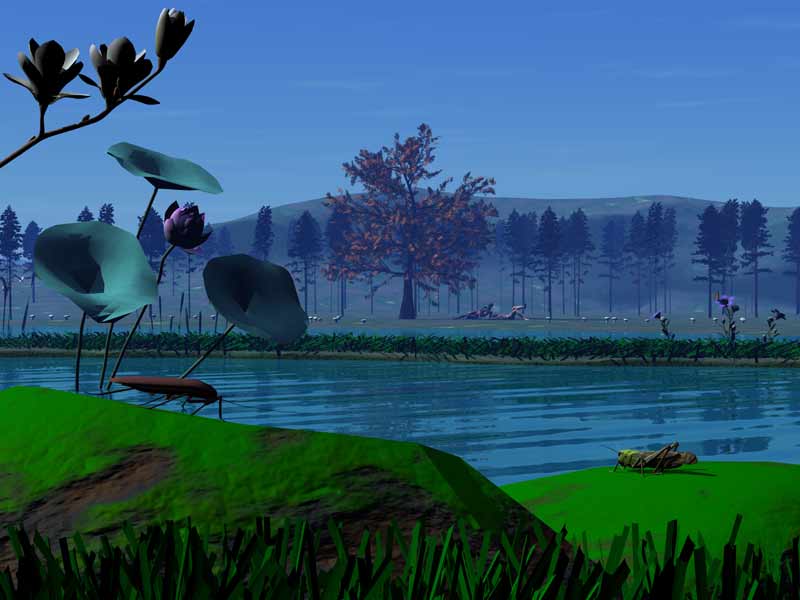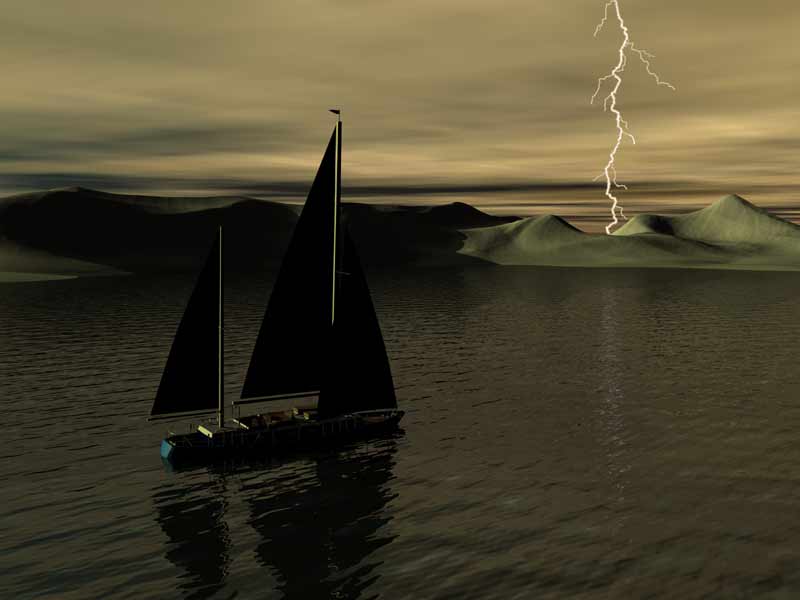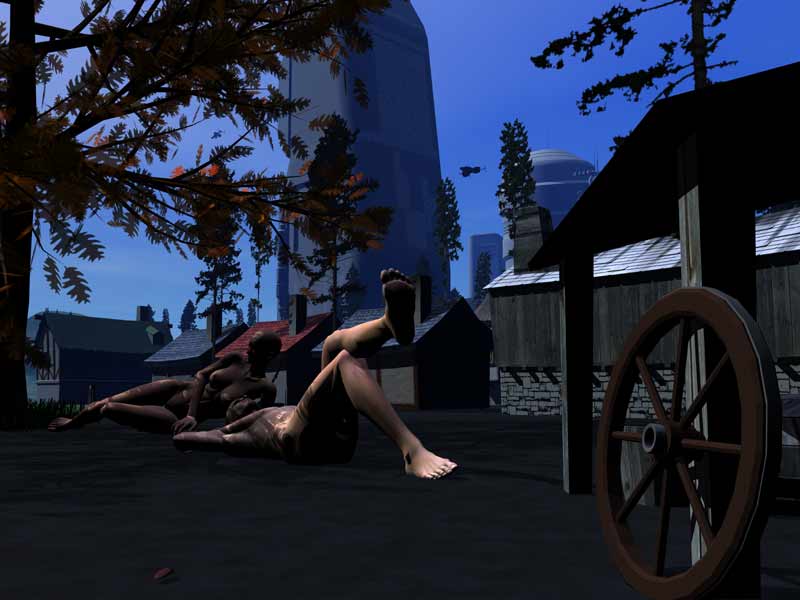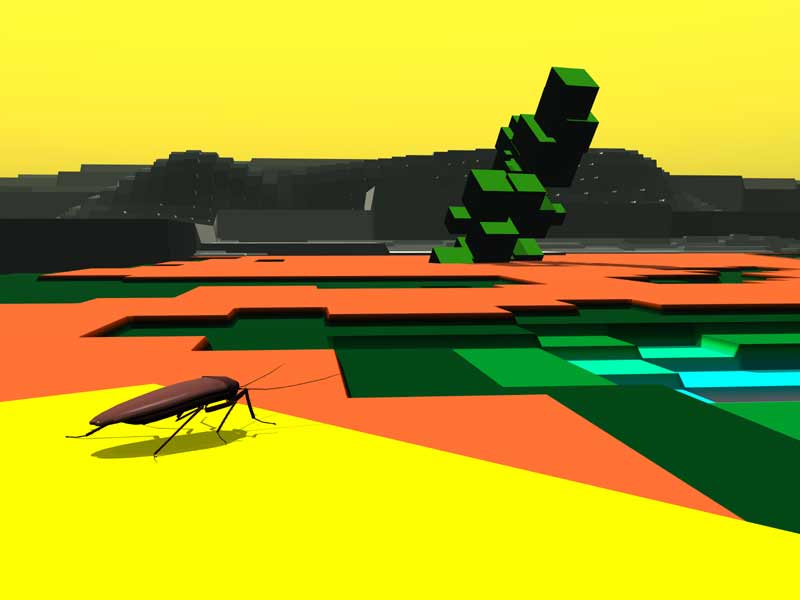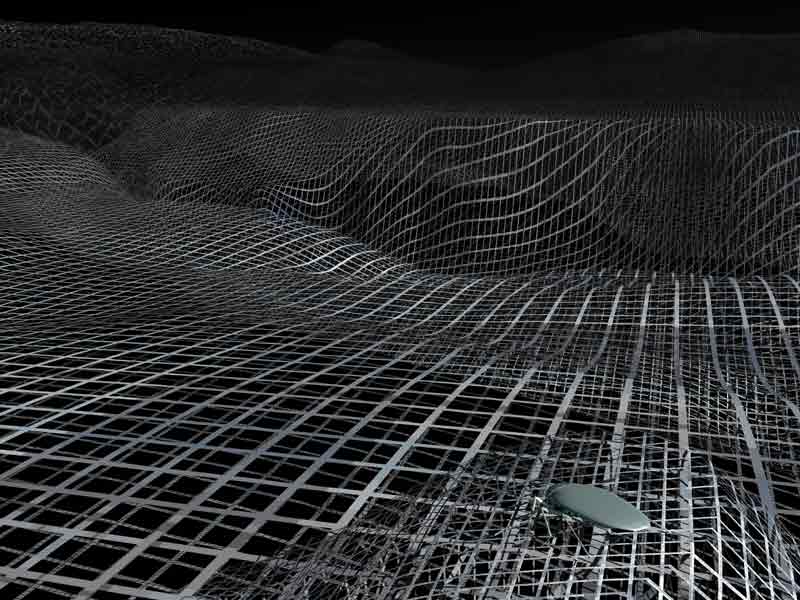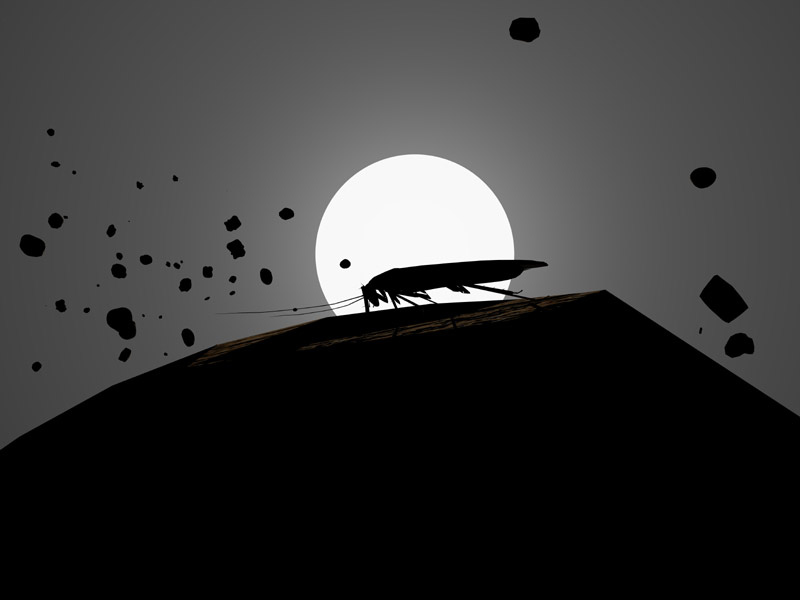Miguel Soares
3D Animations and Video Works
1999-2005
Curated by: Miguel Wandschneider
opening October 17th, 2008, 10PM
11.30PM: Tra$h Converters DJ set
October 18, 2008 > January 4, 2009
Culturgest, Lisbon
list of works:
Miguel Soares (Lisbon, 1970) has been producing work since the early 1990s that reveals a fascination with futuristic utopias, technological innovations and the iconographic universe of science fiction. Initially, this fascination took the form of appropriating and manipulating pre-existing photographic images, as well as using references and conventions from the field of equipment design, firstly taken as a referent at the level of the photographic image and then transposed to the formal conception of the works. In the second half of that same decade, much of the artist’s activity resulted in the production of highly interactive sculptures and installations, which represented characters, environments, situations and objects belonging to hypothetical science fiction worlds. It was during this phase that the artist began to use video as a medium for projecting animated images, working at first with pictures drawn from computer games and then with other images created in 3D from graphic elements available on the Internet. In the first few years of his career, his work met a positive critical reception, but it was with his 3D animations that it reached full maturity. It is precisely this facet of his work that this exhibition now seeks to illuminate.
Miguel Wandschneider
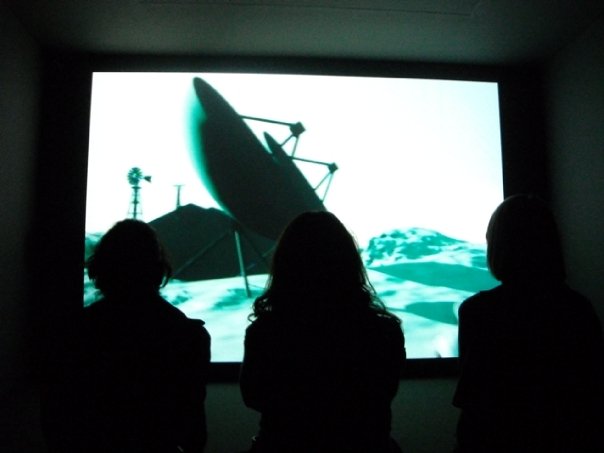
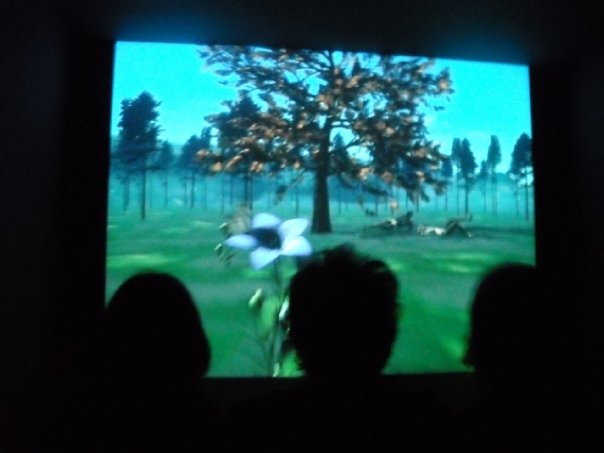
images above: courtesy of xana.
images below: courtesy of miss dove.
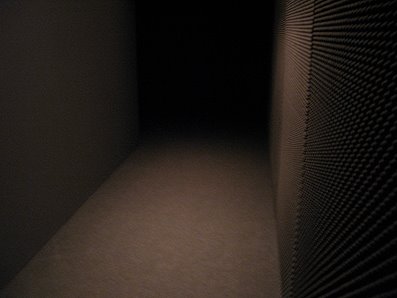
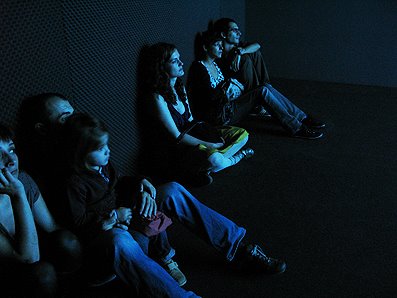
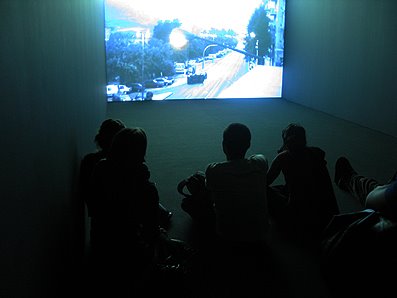
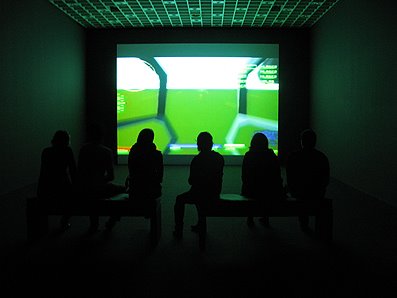
.
Exhibition catalogue by Atelier Carvalho Bernau
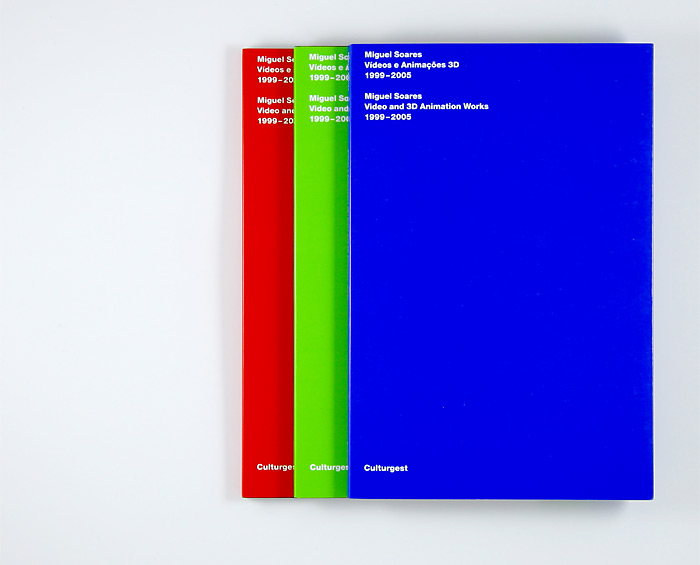
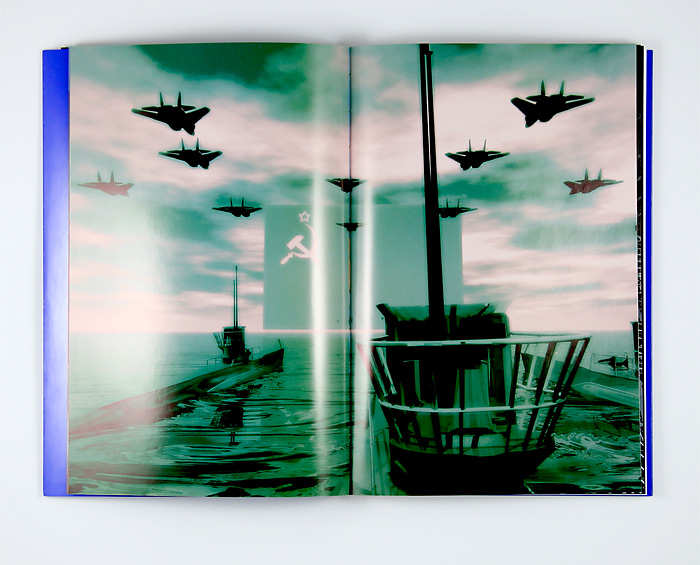
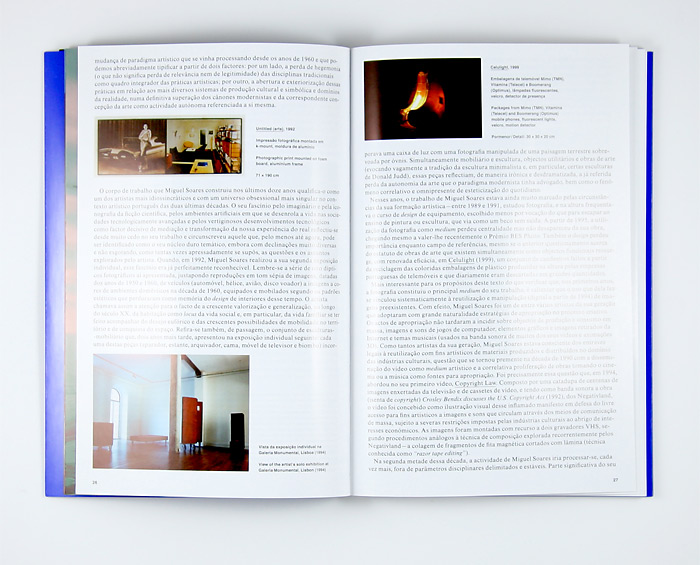
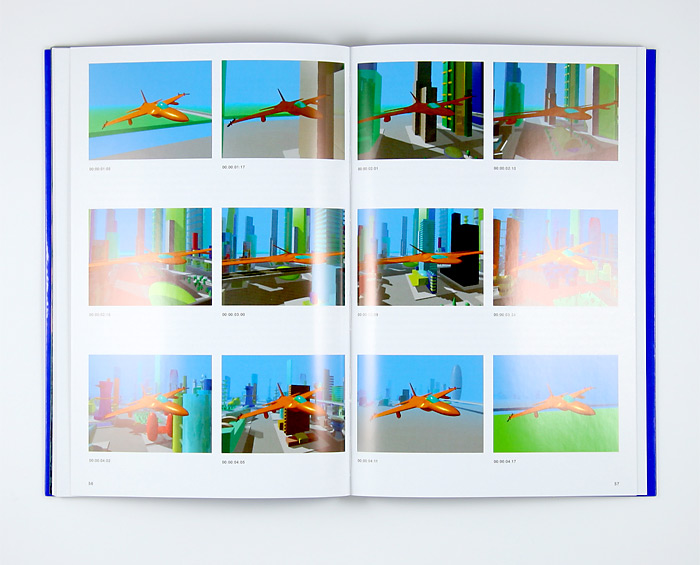
.
Some Remarks on the Work of Miguel Soares
Miguel Wandschneider
Both Miguel Soares’ work and his artistic career, since he first burst onto the artistic scene at the beginning of the 1990s, can be contextualised in generational terms and, more specifically, he can be seen as part of a constellation of artists from the same generation who mostly studied at the Lisbon School of Fine Art. As frequently happens with each generation, in those first crucial years when people’s aesthetic and ideological stances are defined, and at a time when their careers have not yet become individualised, these artists shared a series of values, attitudes and concerns that established a territory of affinities and provided them with concerted strategies of action. Deeply imprinted on the practices of this constellation of artists, and clearly evident in Miguel Soares’ work, were the rejection of the traditional disciplines (and painting in particular), a fondness for references originating from a globalised contemporary cultural landscape, namely both the mass culture and the youth cultures with which they identified, and, with varying degrees of political intentionality, an interest in questions and themes related with the contemporary world. At stake was not only their openly declared reaction to their experience (traumatic for many of them) as students at a stiff and somewhat stuffy art school, where they were closed off from artistic contemporaneity[1], but also their total lack of identification and their clear demarcation from the modes of production that had shaped the artistic scenes in the course of the 1980s. It is perfectly obvious today that, in keeping with the dynamics to be noted in the international context, the generation that emerged in the first half of the 1990s played a fundamental role in accelerating and consolidating an artistic paradigm shift that had been in progress since the 1960s and which we can briefly classify on the basis of two factors: on the one hand, the loss of hegemony (which does not mean a loss of relevance or legitimacy) of the traditional disciplines as a framework that can be used to integrate artistic practices; on the other hand, the opening up and externalisation of artistic practices in relation to the most diverse systems of cultural and symbolic production and fields of reality, definitively surpassing the modernist canons and their conception of art as an autonomous activity with its own reference system.
Miguel Soares’ oeuvre, built up over the last twelve years, identifies him as one of the most idiosyncratic Portuguese artists, with one of the most singular and obsessive universes of the last two decades. From a very early date, his work began to reflect his fascination not only with the imagery and iconography of science fiction, but also with the artificial atmospheres in which life unfolds in the technologically advanced societies and with the vertiginous pace of modern-day technological development, which plays such a decisive role in mediating and transforming our experience of reality. Such fascination has inevitably laid down the limits of what, at least so far, may be identified as the thematic hard core of his work, albeit with very diverse variations and without this being allowed, as has so frequently and rather hastily been supposed, to exhaust the questions and subjects explored by the artist. In 1992, when Miguel Soares held his second solo exhibition, this fascination of his was already perfectly recognisable. One might, for example, remember the series of eight photographic diptychs presented at that exhibition, juxtaposing reproductions of sepia images, dating from the 1950s and 1960s, of vehicles (car, propeller, plane, flying saucer), with colour images of domestic interiors in the 1960s, equipped and furnished according to the aesthetic patterns that have since endured as a memory of the interior design of that time. In this way, the artist drew our attention to the fact that the growing enhancement and generalisation, throughout the 20th century, of the house as the locus of social and, in particular, family life was accompanied by the euphoric desire for, and increasing possibilities of, mobility within the territory and the conquest of space. One could also refer, in passing, to the set of furniture-sculptures that he presented at his next solo exhibition, two years later: each of these pieces (bookshelves, sideboards, filing cabinet, bed, television stand and screen) incorporated a light box with a manipulated photograph of a terrestrial landscape over which UFOs can be seen flying. Appearing simultaneously as both furniture and sculpture, both utilitarian objects and works of art (vaguely evoking the tradition of minimalist sculpture and, in particular, certain sculptures by Donald Judd), these pieces reflected, in an ironic and undramatic fashion, the already mentioned loss of autonomy of the art that the modernist paradigm had advocated, as well as the closely related phenomenon of the aestheticisation of everyday life, which is omnipresent in contemporary societies.
In those years, Miguel Soares’ work was still heavily marked by the circumstances of his artistic education – between 1989 and 1991, he studied photography and attended, at that same time, a course in equipment design, chosen less as a vocation than as an escape from the teaching of painting or sculpture, which he saw as a dead end. From 1995 onwards, the use of photography as a medium lost its central importance, although it did not disappear from his work, even reaching the point of its recently earning him the distinction of winning the BES Photo Prize. Design also lost importance as a field of references for him, even if his earlier questioning of its status and of works of art that simultaneously exist as functional objects reappears, with renewed effectiveness, in Celulight (1999), a set of lamps made from the recycling of the brightly-coloured plastic packages produced at that time by the Portuguese mobile phone companies and thrown away each day in large numbers.
What is more interesting for the purposes of this text than simply noting that, in his early years, photography represented the principal medium of his work, is to emphasise the fact that the use that he made of it was systematically linked to the re-use and manipulation (digital after 1994) of pre-existing images. In fact, Miguel Soares was one of several artists from his generation who adopted different strategies of appropriation in the creative process with absolute naturalness. It was not long before his own acts of appropriation began to include mass-produced consumer objects, images and sounds from computer games, graphic features and images taken from the internet and musical themes (used on the soundtrack of many of his videos and 3D animations). Like so many artists of his generation, Miguel Soares was aware of the legal impediments to re-using, for artistic purposes, materials that had been produced and distributed within the field of the cultural industries, a question that became an urgent one in the 1990s with the dissemination of the video as an artistic medium and the consequent proliferation of works that took film and music as their sources for appropriation. It was precisely this question that, in 1994, he touched on in his first video, Copyright Law. Consisting of a cascade of hundreds of images spliced together from television and video cassettes, and having as its soundtrack (and exempted from copyright) the work Crosley Bendix discusses the Copyright Act (1992), by Negativland, the video was conceived as a visual illustration of that passionate manifesto issued in defence of the free access for artistic purposes to images and sounds that are circulated through the mass media, subject to severe restrictions imposed by the cultural industries under the protection of purely economic interests. The images were edited using two VHS recorders, employing cut and paste procedures that were analogous to the composition technique recurrently used by the group – the sticking together of fragments of magnetic tape that had been cut with a razor blade.
In the second half of that decade, Miguel Soares’ activity was to increasingly take place outside the clearly demarcated and stable disciplinary parameters. A significant part of his work, in that period, took the form of sculptures and installations, made with mass produced materials and simple technological devices, which represented characters, objects, atmospheres and situations belonging to hypothetical worlds from science fiction. For example, in Vr Trooper (1996), we come across what we suppose to be a futuristic station used for observation or surveillance: a robot with a military appearance, seen through a surface of red plexiglas and under strobe lighting, makes rotating movements inside a metal cylindrical capsule, itself standing on turf. Immediately afterwards, in Heaven’s Gate (1997), the artist sought to recreate the collective suicide of the members of a religious sect (whose name was given to the title of the piece) at a ranch in San Diego, in California, when a comet passed through the sky in March 1997. The installation simulates several bodies, either asleep or dead, that can be found lying on shelves, covered by purple satin sheets and wearing trainers of the same brand. The sheets gained greater volume under the effect of the air blown into them by electric fans connected to movement detectors, after which they returned to their former state of rest. In this way, the moment was suggested when the members of the sect, in accordance with the belief that led them to commit suicide, were teletransported by a space ship to another planet. In turn, Beep (1998) constructs the image of a flying saucer emitting a red light in a circular movement, as if it were reconnoitring the surrounding space – the sculpture reacts with light effects both to the sounds that it picks up and to the sound that it produces, static noise interrupted every minute by a beep. This piece attained its greatest expressive force in the space of a former water tank in Madrid, where it was presented for the first and only time.
During this period, Miguel Soares used a rudimentary video card (the Creative TV Coder of Windows 95) to record sequences of images and sounds created from the manipulation of computer games. The two works of this nature that he produced, Your Mission is a Failure (1996-97) and Barney Online (1996-98), different versions of which were presented in those years, open up the imagery of science fiction, already perfectly recognisable at that time, to the iconographic universe and aesthetic codes of computer games and futuristic cartoons, foreshadowing the 3D animations to which he so intensely devoted himself from the end of that decade onwards. Your Mission is a Failure records a series of performances by the artist in the virtual environment of some computer war games (including MechWarrior 2, Dark Forces, Doom, Descent 2 and Duke Nukem 3D). Recorded in real time, these performances relate various specific actions dissociated from the logic of these games, such as, for example, continuously dying (hence the title of the work, which corresponds to the message of the computer game Command and Conquer when the player fails in his mission), becoming immortal, exploring and going beyond the frontiers of the scenic space of the games, or making music with the respective sounds. The fragmentation and pasting together of images and sounds that have been decontextualised from the narrative plot inherent in the games, as well as the playful exploration of the possibilities and limits of the games outside the protocol and objectives that they propose, arouse in the spectator a feeling of strangeness that is exacerbated by moving from the virtual environment of the computer to the wall of the exhibition space, where the videos are projected in large formats. In a second and shorter version of this video, the crucial importance of the sound in creating this feeling of strangeness was reinforced by positioning in the centre of the projection a psychedelic light box (reused from a solo exhibition in 1996), which reacted to the sound through a sensor.
In the videos made from computer games, Miguel Soares found a way to bring to his work what at that time was one of his favourite recreational activities, having reached the point of spending several hours a day playing and interacting in front of the computer. Even more flagrantly than in the previous video, Barney Online provides an eloquent testimony to the crossover between artistic practice and a certain playful activity that is accompanied by an aesthetic investment. In the case of this latter video, that activity also involved participation in a reference group with repercussions on the construction of the artist’s personal and social identity, in the context of a youth subculture with specific codes, values and rules. This video subjects the spectator to a cascade of violent images and sounds that we recognise as having been taken from one of these computer games in which, in order to survive, the character/player has to annihilate the enemies that keep appearing in his path as he moves along a labyrinthine bunker. The video joins together excerpts from the virtual performances of a character (Barney), embodied by the artist, over roughly two years in the Internet game Quake TeamFortress, as a member of the largest and oldest clan (he got to be one of its leaders) who in Portugal, as in many other countries around the world (most of them numbering between 10 and 40 members), dedicated themselves daily to playing this game, establishing their own rules for the admission of members, as well as for the organisation and functioning of the clan. The brief messages that run along the upper strip of the images provide additional clues about the nature of the events and situations that are documented, but these remain obscure for most people, who are not familiar with the codes that are only accessible to those who have been initiated into the game. The decontextualisation of the images and sounds is, in this case, also largely dependent on the fact that the performances took place, not during the playing of the actual game, but in situations of convivial interaction with members of his own and/or other clans. What is imposed on the spectator is the hypnotic flow of a display of colossal violence. This video confronts the spectator with a cascade of violent images and sounds that we recognise as having been taken from one of these computer games in which, in order to survive, the character/player has to annihilate the enemies that keep appearing in his path as he moves along a labyrinthine bunker. The video joins together excerpts from the virtual performances of a character (Barney), embodied by the artist, over roughly two years in the Internet game Quake TeamFortress, as a member of the largest and oldest clan (he got to be one of its leaders), who in Portugal, as in many other countries around the world (most of them numbering between 10 and 40 members), dedicated themselves daily to playing this game, establishing their own rules for the admission of members, as well as for the organisation and functioning of the clan. The brief messages that run along the upper strip of the images provide additional clues about the nature of the events and situations that are documented, but these remain obscure for most people, who are not familiar with the codes that are only accessible to those who have been initiated into the game. The decontextualisation of the images and sounds is, in this case, also largely dependent on the fact that the performances took place, not during the playing of the actual game, but in situations of convivial interaction with members of his own and/or other clans. What is imposed on the spectator is the hypnotic flow of a display of colossal violence.
From the mid-1990s onwards, and with even greater emphasis towards the end of the decade, when a completely new generation began to emerge, a growing number of young Portuguese artists adopted video as a medium. In fact, video offered an extremely attractive alternative to the traditional media, proving itself to be particularly effective for artists who were interested in broaching and commenting upon aspects of contemporary reality, constructing fictional narratives, exploring performative situations, examining the influence of time as a mediating factor of perception, or incorporating references from an expanded cultural landscape, with particular emphasis being given to film and music. In an initial phase, videos were made using cameras that filmed in the Video 8 or Hi8 format and two VHS or S-VHS reproducers , this being the equipment that was available at that time and which very soon became obsolete as a consequence of the breakneck speed with which technological changes were being introduced, accompanied by their immediate democratisation. The introduction onto the market of increasingly sophisticated digital cameras and computers at accessible prices, as well as software that was easy to use for the editing and post-production of images and sounds, created extremely favourable conditions for the use of video in artistic production, exponentially increasing the creative possibilities and the quality parameters that were now within reach of artists, without the need for them to rent equipment or to seek the help of professionals.
Considering the great fondness that he felt, from the very outset, for technological devices that were characteristic of the period and accessible to non-professionals, it is not surprising that Miguel Soares was one of the first Portuguese artists of his generation to work with video. However, while many of his peers centred their artistic practice on that medium, he made a quite different and atypical choice, preferring to use 3D animations as the quintessential arena for his work from the end of the 1990s onwards.[2] The genesis of these works dates back to a project that he developed between 1996 and 1998, in parallel with the videos and installations I mentioned earlier: using what today is an obsolete computer (the Pentium 166mmx) and a very basic 3D modelling programme based on the use of simple geometrical forms (Corel Dream 3D), the artist built and made small animations of a virtual city (X-City) whose size and complexity he intended to progressively expand as he transferred the file with the model of the city onto increasingly faster personal computers that would greatly speed up the whole process. As it did not take him long to realise, the tools that he had chosen to perform these first experiments with animation were manifestly not up to the task – the animation had to be done manually, frame by frame, before passing through an extremely slow process of rendering (converting the 3D model into final images). In 1999, before he definitively abandoned the project, and at a time when the rendering of each frame was taking him as long as 13 hours, Miguel Soares recovered the model of the city in order to make Y2K, his first work of 3D animation to be presented publicly.
Remaining faithful to his persistent do-it-yourself attitude, Miguel Soares began to use not only computers with an ever greater processing capacity, but also non-professional 3D modelling and animation software, which, despite its being very basic, offered him much greater possibilities for figurative composition. More precisely, he was able to make progressively more complex versions, with new functions and greater quality, of a programme designed for the construction of landscapes and environments (Bryce) – with which it was also possible to incorporate models of objects imported from the Internet – and of another programme that enabled him to model and animate human figures (Poser). In this way, the artist found himself engaged in an extremely laborious and painstaking process – he spent between six months and a year working intensely on making each of the animations that came after Y2K. All of this required him to undertake a programme of constant learning and self-teaching, experimenting constantly with the creative possibilities of these tools.
The 3D animations to which Miguel Soares so stubbornly devoted himself from 1999 to 2005 comprise an undeniably singular oeuvre displaying a remarkable range of formal solutions. Condensed within these fictional narratives is a painstaking work of figurative composition and the careful film-based construction of points of view, camera movements and sequences, calling for a remarkable control of cinematic time. No less crucial in determining the involvement of the spectator is the organic relationship that is established between image and sound. Making the most of his very particular musical erudition, his profound knowledge of the sounds of his generation and his familiarity with a very eclectic repertoire of references in this field, Miguel Soares constructed the soundtrack of his animations from music played in many different styles (Tuxedomoon, Combustible Edison, Funki Porcini, Sack & Blumm, Roberto Musci & Giovanni Venosta, Negativland), but also, from 2002 onwards, from themes that he himself composed, based on his manipulation and sequencing of samples taken from the Internet, television, films or music (in this period, firstly in 2002, and then later in 2006, he published two CDs of his own music).
In many of these works, Miguel Soares pursues his interest in themes from the contemporary world, whether or not these are filtered through an imaginary projection into a more or less distant, but entirely plausible, future: the spectre of militarisation and totalitarianism (Time for Space, 2000), the anonymity and atomisation of life in the large cities, as well as the loss of our direct relationship with nature (Archibunk3r Associates, 2000), the increasing pollution of the skies and seas (SpaceJunk, 2001, and H2O, 2004, respectively), the cold war between the United States and the Soviet Union (TimeZones, 2003), or the survival of the human species and its capacity for adaptation, dating from remote times and continuing into a distant post-apocalyptic future, faced with natural catastrophes or the mass destruction caused by large-scale wars (Place in Time, 2005). Running through all these works is both a sombre perspective and a feeling of melancholy that, nonetheless, manage to avoid creating a denunciatory rhetoric with moralistic overtones.
With these 3D animations, Miguel Soares’ work reached full maturity and established for him a prominent position in the Portuguese art world. The exhibition at Culturgest with which this publication is associated has, as its central core, a retrospective look at this facet of his work. As we makes our way through the exhibition, this central core, composed of six works, is preceded by the presentation of two videos [Untitled (Two), 1999, and Expecting to Fly, 1999-2001] in which the artist films in a “voyeuristic” fashion, and poetically transforms, real violent situations that were to dramatically interrupt the nights that he spent in front of the computer. Besides this “realistic” counterpoint to his 3D animations, the exhibition also includes a kind of flashback at the end, with excerpts from the first video that he made based on computer games, Your Mission is a Failure. Since this is Miguel Soares’ first solo exhibition on the institutional circuit, it corresponds to the recognition of the singularity and relevance of his work, but also to a gesture of encouragement to an artist who has persevered under difficult conditions and of whom we believe that we can safely say that his best work is yet to come.
[1] In this respect, it is interesting to quote the artist himself: “During my years at the Lisbon School of Fine Art, the teaching methods were completely cut off from the contemporary reality that was taking place outside the school. It was as if I and my friends – Pedro Cabral Santo and Alexandre Estrela, amongst many others – were forced to lead double lives, working at the school during the day and, the rest of the time, making plans for exhibitions and discussing art, sometimes well into the night.” This is how the artist begins a commentary on his work
Night Art School, from 1995, conceived as a model of an art school engaged in constant, uninterrupted activity. Made from yellow formica and red plexiglas, and placed on a grass-covered base, the sculpture had 24 white lights inside, connected to psychedelic sensors that reacted to the sound of people moving around inside the exhibition space. The light patterns thus formed alternated with excerpts of electronic music (especially Kraftwerk and Negativland). According to the artist, this piece “reminded [him] of Dr. Frankenstein’s laboratory. As if it were a scale model of a new experimental art school.” Significantly, the piece was produced for the
Wallmate exhibition, organised by Miguel Soares and Alexandre Estrela, which took place in 1995 in the Cistern of the Lisbon School of Fine Art, and brought together a group of artists from their circle of friends and acquaintances, who, like them, were final-year students. According to the artist, the exhibition was conceived “as a reaction to the academic concepts that prevailed inside the school”. All these statements have been taken from the artist’s website at (http://migso.net/artwork/1995/miguel_soares_night_art_school.htm).
[2] In 2002, when he was asked the reason for his interest in 3D animations, Miguel Soares replied: “[I’m interested in] working with the technologies that are available to ordinary people and which give them the opportunity to do what previously could only be done with the use of specialised equipment and lots of money. I’m also interested in the fact that, today, a person with a computer that costs about a thousand euros can make music, edit videos and make 3D films, something that [previously] was only possible using computers the size of a truck, which cost thousands of euros per minute in electricity just to run them. Or, in other words, over the last two or three years, in doing my work I have been exploring what an average person can do with an average computer.” cf. “Criar coisas que não existem”, an interview with Sandra Vieira Jürgens, in Arq./A – Revista de Arquitectura e Arte, No. 12, March-April 2002, p. 82.
